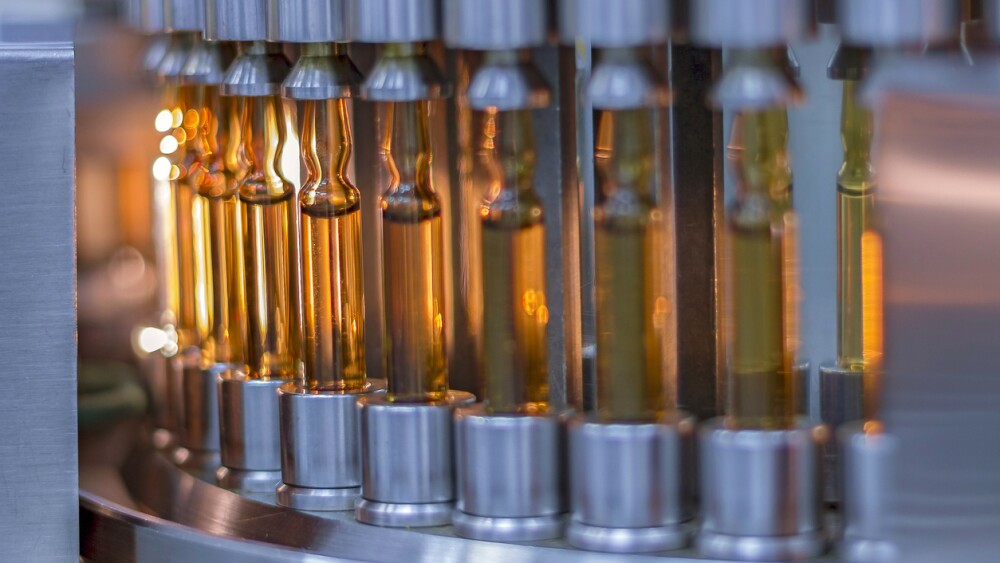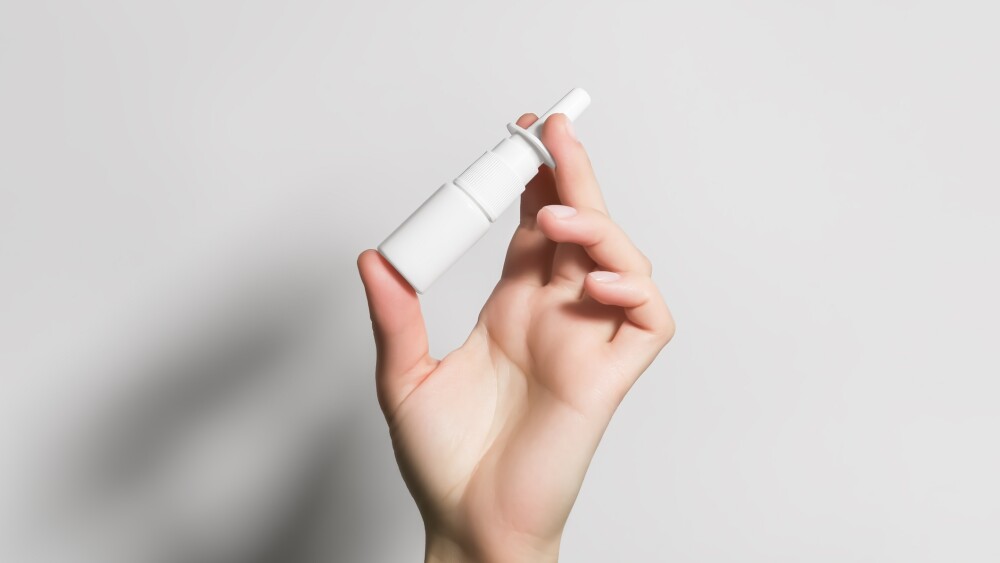Researchers at Weill Cornell Medicine identified a specific and unique kind of immune cell activity in the lungs of COVID-19 patients.
Researchers at Weill Cornell Medicine identified a specific and unique kind of immune cell activity in the lungs of COVID-19 patients. This activity, they found, is different from the type of immune cell activity found in other respiratory infections.
They leveraged Fluidigm Corporation’s Imaging Mass Cytometry (IMC™) on the company’s Hyperion Imaging System™ to conduct spatial analysis of lung tissue at the single-cell level throughout a broad range of the disease. The data is currently available on the medRxiv pre-print service, and had not been peer-reviewed.
The data suggests that infiltration of neutrophils, a specific type of immune cells, increased in acute respiratory distress syndrome (ARDS) and early COVID-19 compared to normal lungs, but this is known to be more of a sign of bacterial pneumonia. More inflammation, infiltration of interstitial macrophages—another type of immune cell—and complement activation, a part of the innate immune system, as well as fibrosis (scarring) was typically found in COVID-19.
They also found that although late COVID-19 disease shows signs of tissue healing, the high mortality rate suggests damage to the lungs caused by complement activation with other immunological activities that can cause abnormal blood clotting in the lungs. In contrast, the study found that the hyperinflammatory activity as evaluated by cytokine levels in the peripheral blood is specific to COVID-19.
The researchers believe that early interventions that decrease off-target immune responses or that activate the complement cascade might improve outcomes for COVID-19 patients.
The investigators leveraged high parameter imaging mass cytometry to target the expression of 36 proteins in order to investigate the cellular composition and spatial architecture of human acute lung injury including COVID-19 at the single cell level. The authors wrote, “This spatially resolved single-cell data allowed us to develop a biologically interpretable landscape of lung pathology from a structural, immunological and clinical standpoint.”
“Understanding the pathology of COVID-19 lung disease is essential for developing interventions and treatment regimens that can improve patient outcomes and reduce mortality,” said Chris Linthwaite, president and chief executive officer of Fluidigm. “This study adds to a growing body of data underscoring the importance of tissue architecture and three-dimensional cell-to-cell interactions in critical biologic and pathophysiologic process.”
Olivier Elemento, director of the Englander Institute for Precision Medicine and Cornell University Professor of Physiology and Biophysics team, said, “The unique spatial aspects of Imaging Mass Cytometry enabled us to view not only the structure of the tissue but also the interplay between infected cells and the immune system in COVID-19 patients. The diverse range of tissue samples offered incredible insight into the mechanisms of disease progression in these patients, and the rich dataset provided our computational biologists with an opportunity to interpret changes in tissue architecture as well as detect and understand patterns that may provide insights into future approaches to therapies.”
Additional findings from the study demonstrated a significant decrease in alveolar lacunar space, increased immune infiltration, and apoptosis-mediated cell death. The authors wrote, “We provide evidence that SARS-CoV-2 infects predominantly alveolar epithelial cells and induces a localized hyper-inflammatory cell state associated with lung damage. By leveraging the temporal range of COVID-19 severe fatal disease in relation to the time of symptom onset, we observe increased macrophage extravasation, mesenchymal cells, and fibroblasts abundance concomitant with increased proximity between these cell types as the disease progresses, possibly as an attempt to repair the damaged lung tissue.”
Which is to say, macrophages, a specific type of immune cell, moved from the circulatory system into the lung tissue. Macrophages respond to bacteria and other invasive pathogens, but they also present antigens to T cells and initiate inflammation by releasing cytokines. Other types of cells, such as mesenchymal cells and fibroblasts, which, in particular are involved in wound healing, were also observed.
Linthwaite noted, “Our robust IMC platform is uniquely suited to exploring these interactions with single-cell resolution. Significantly, in this study, IMC analyses uncovered novel interactions and cellular phenotypes that add important new insights into mechanisms of COVID-19 pathology, and these insights may help drive clinical practices that can improve patient outcomes.”
Featured Jobs on BioSpace





